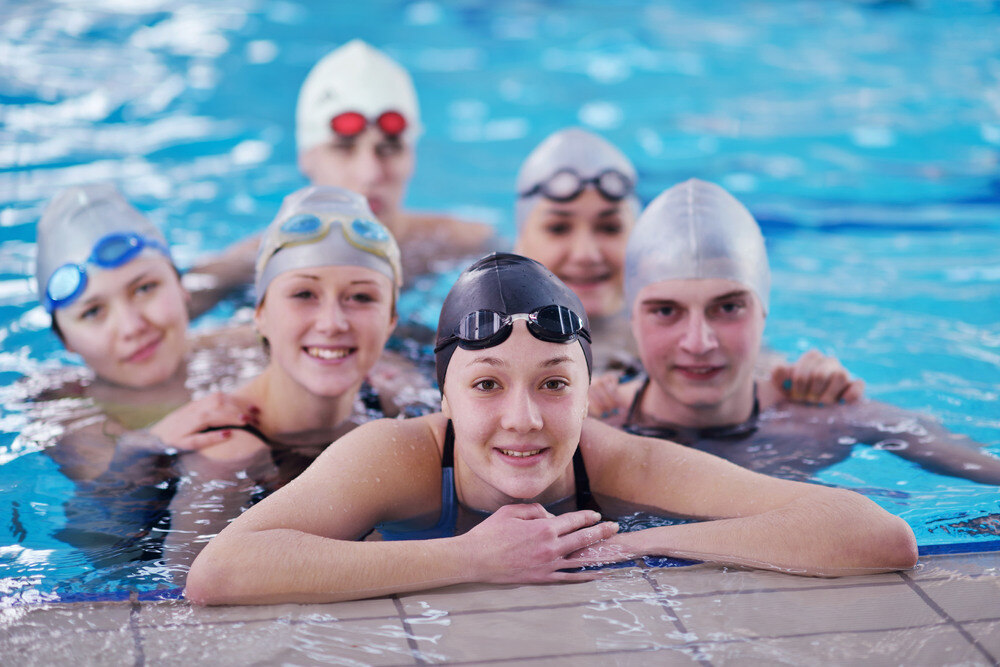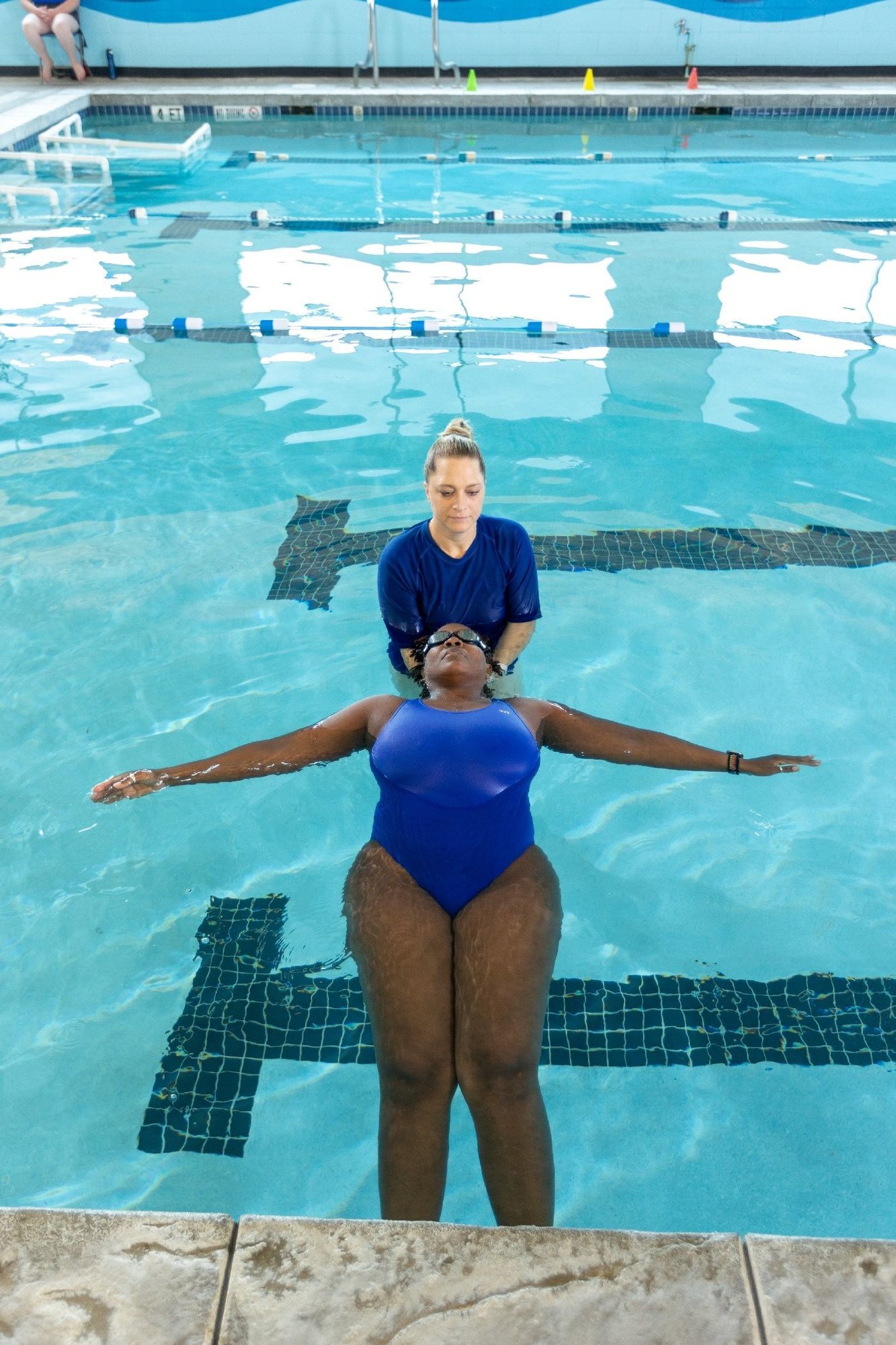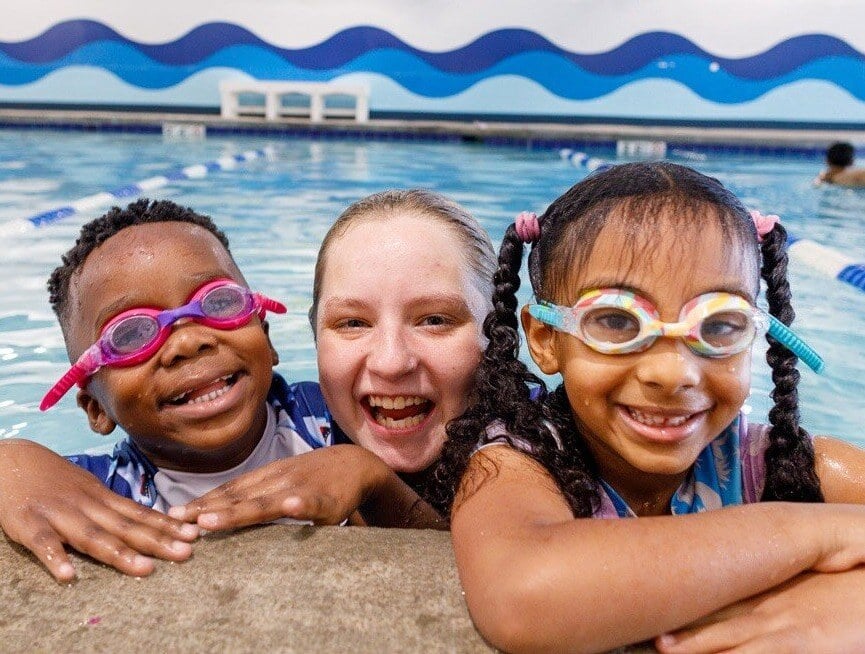Hello! My wife, Monica, and I are proud to be the owners of SafeSplash Flower Mound. I grew up swimming and was a competitive All American swimmer in the DFW area and a Division 1 college swimmer. After college, I spent 25 years in the banking industry but still continued to coach kids whenever possible including my son who was a competitive swimmer as well. We have owned SafeSplash Swim Schools in the DFW area for 13+ years. I love teaching kids and adults the basic water safety survival skills with the goal of turning them into long term lap swimmers. Outside of swimming, I love to coach and watch all sports and root for my favorite college and professional teams.
Find a location
You’re never far from high-quality swim instruction. AquaKids is part of a trusted network of swim schools that share the same proven curriculum and unwavering commitment to safety, helping swimmers of all ages and abilities build confidence in the water.
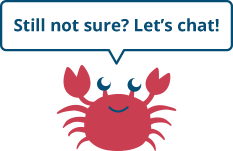
Got questions about swim lessons in , scheduling, or finding the right fit? We’re here to help!











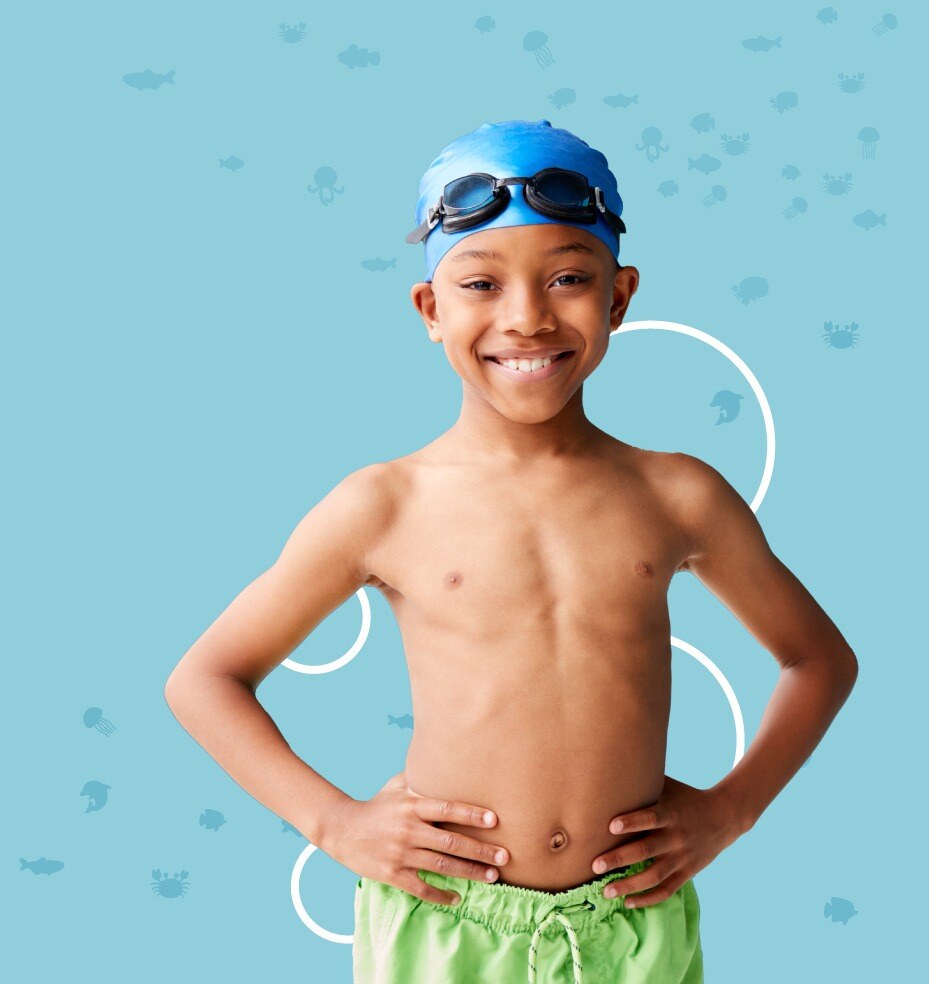






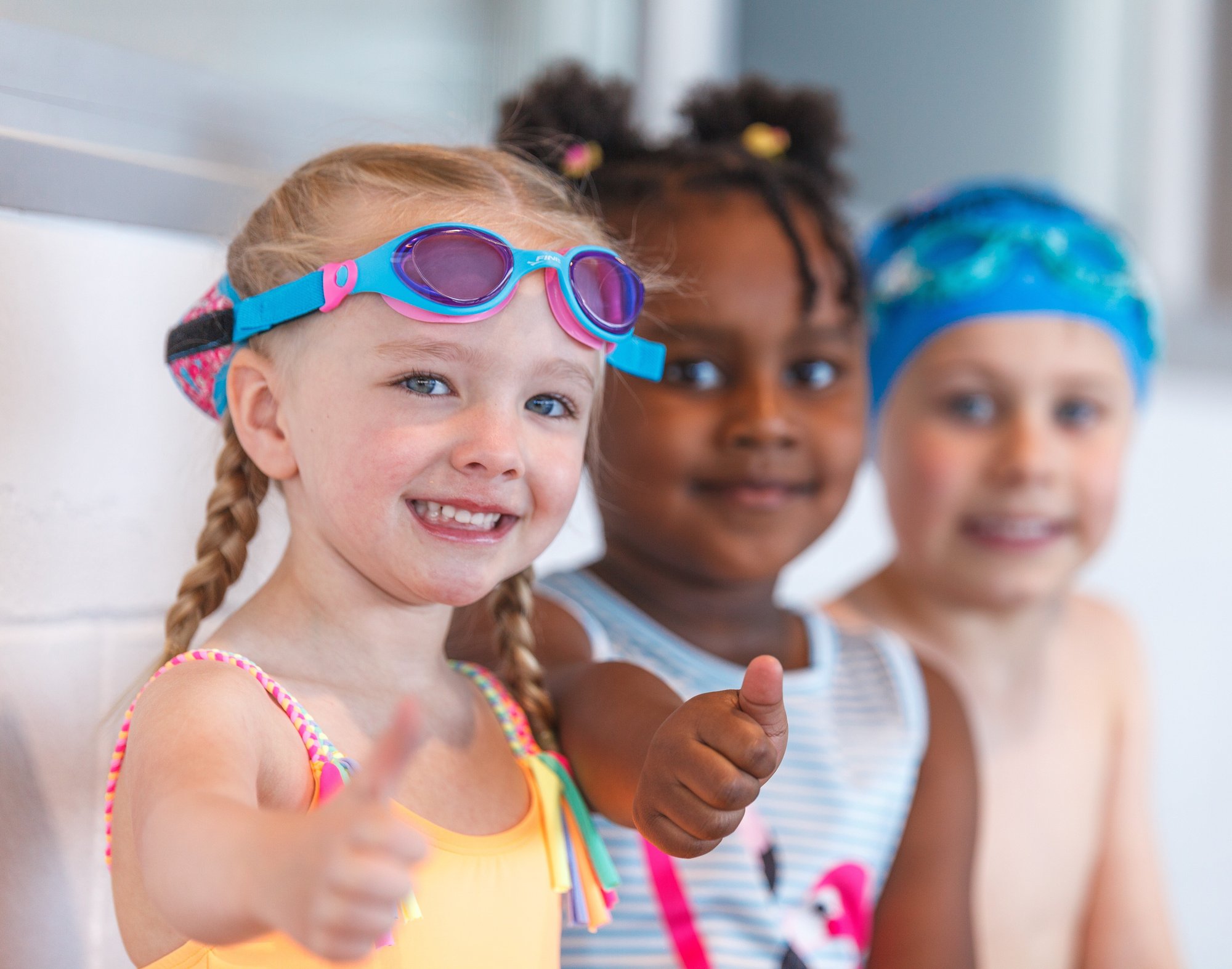




-1.jpeg?width=808&height=550&name=Friendship-Heights-%2B-Jessup-131_web%20(1)-1.jpeg)
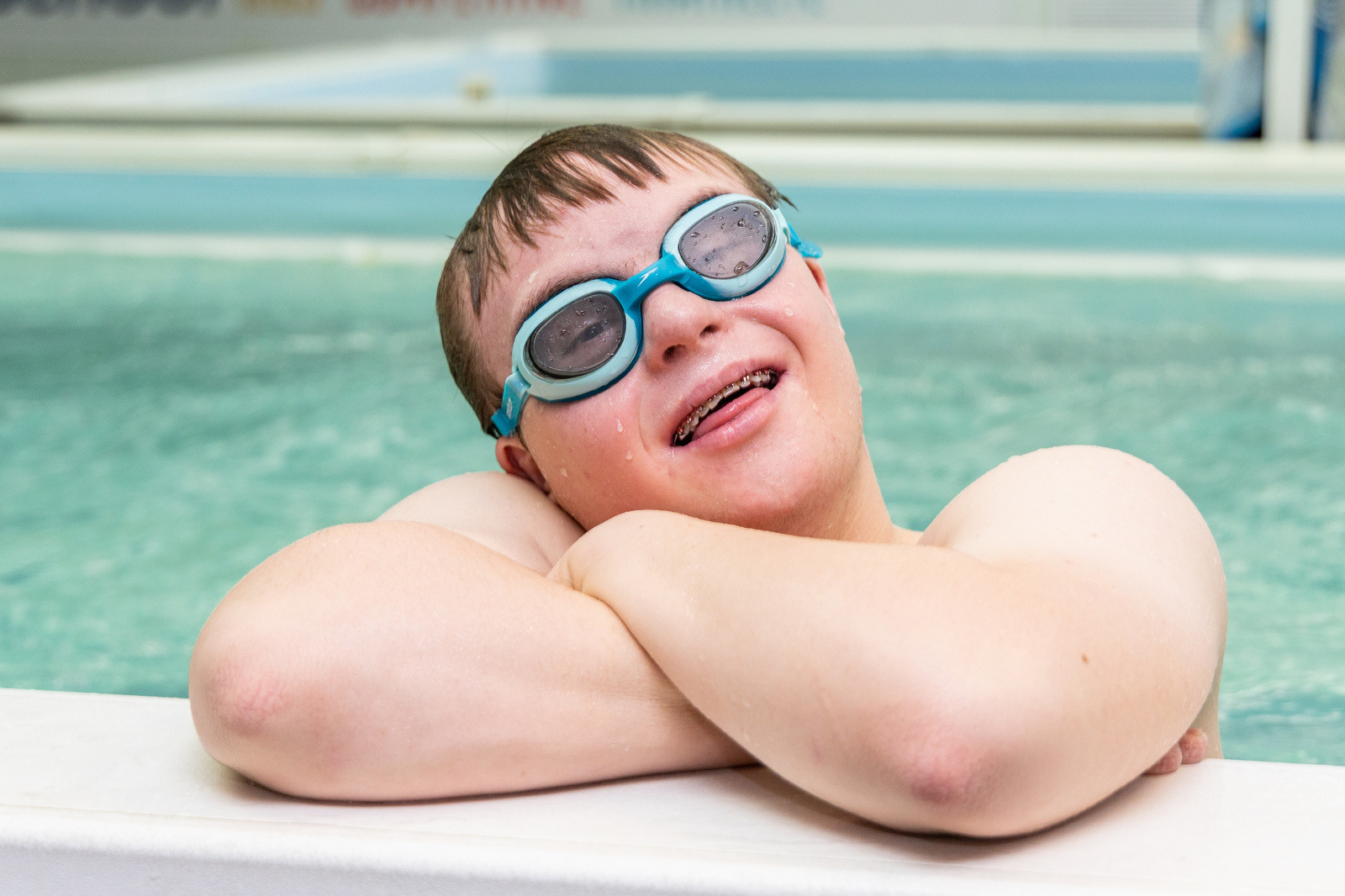

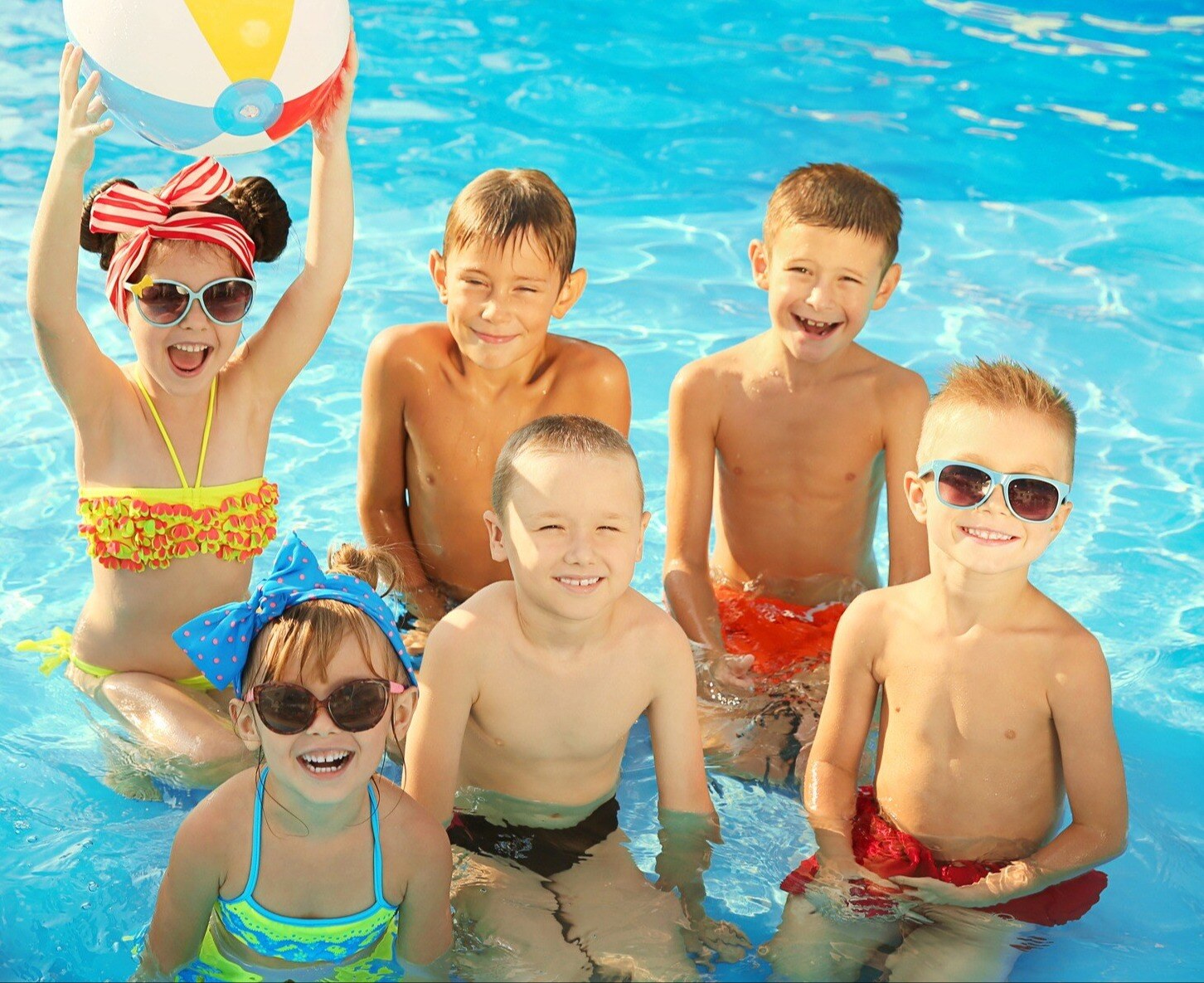
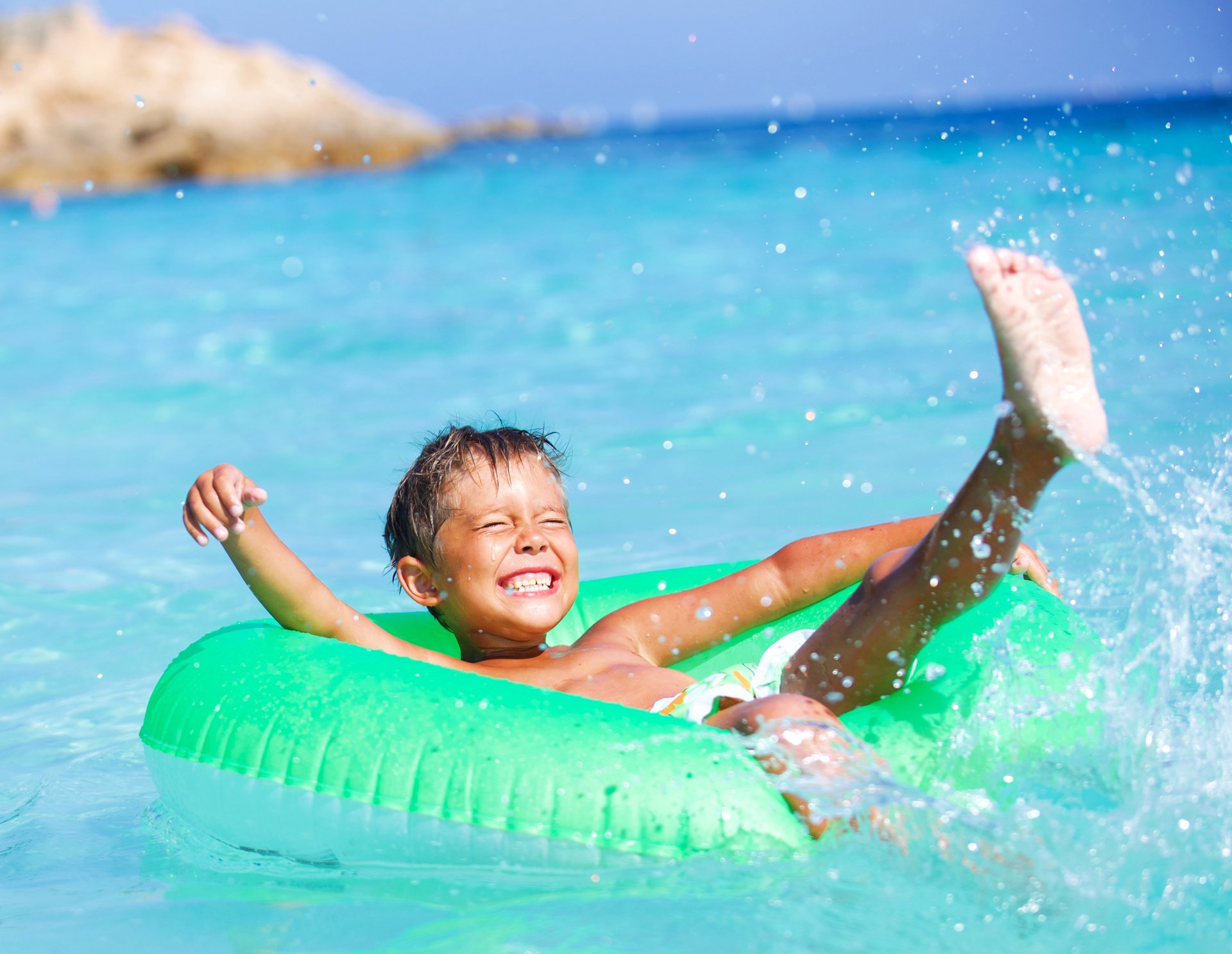

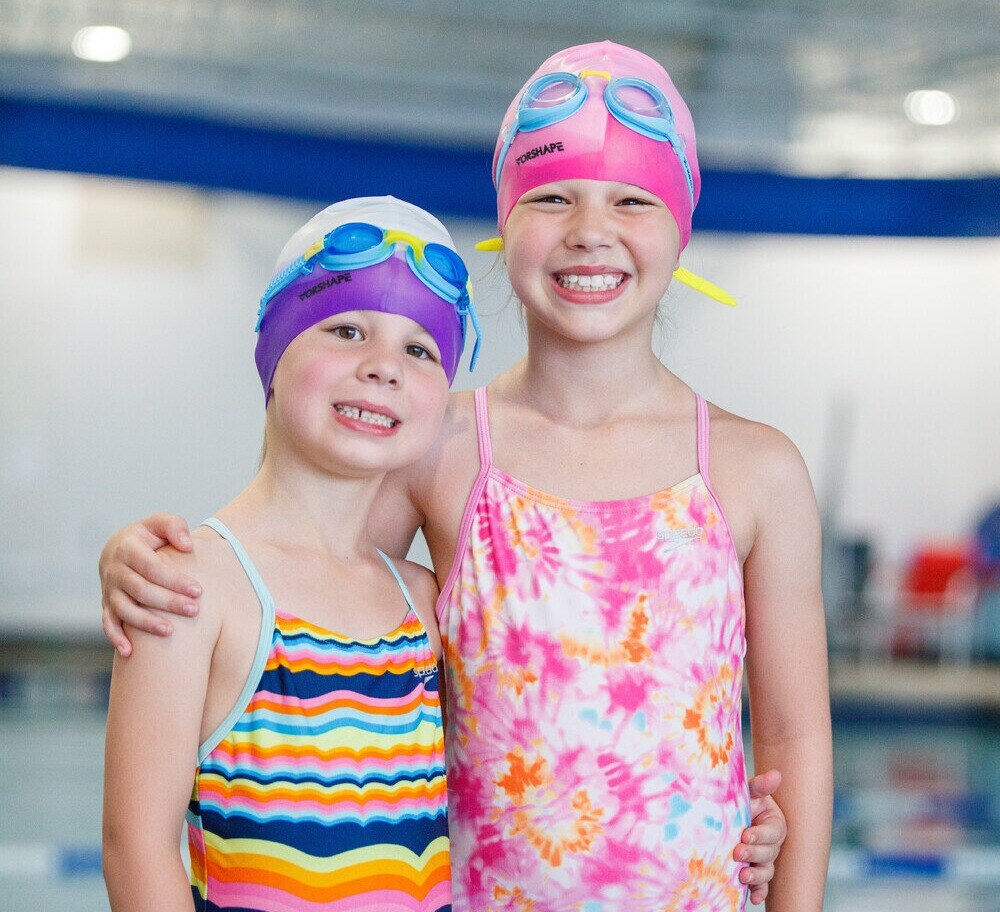
-1.jpg?width=1000&height=667&name=_MG_6509%20(2)-1.jpg)
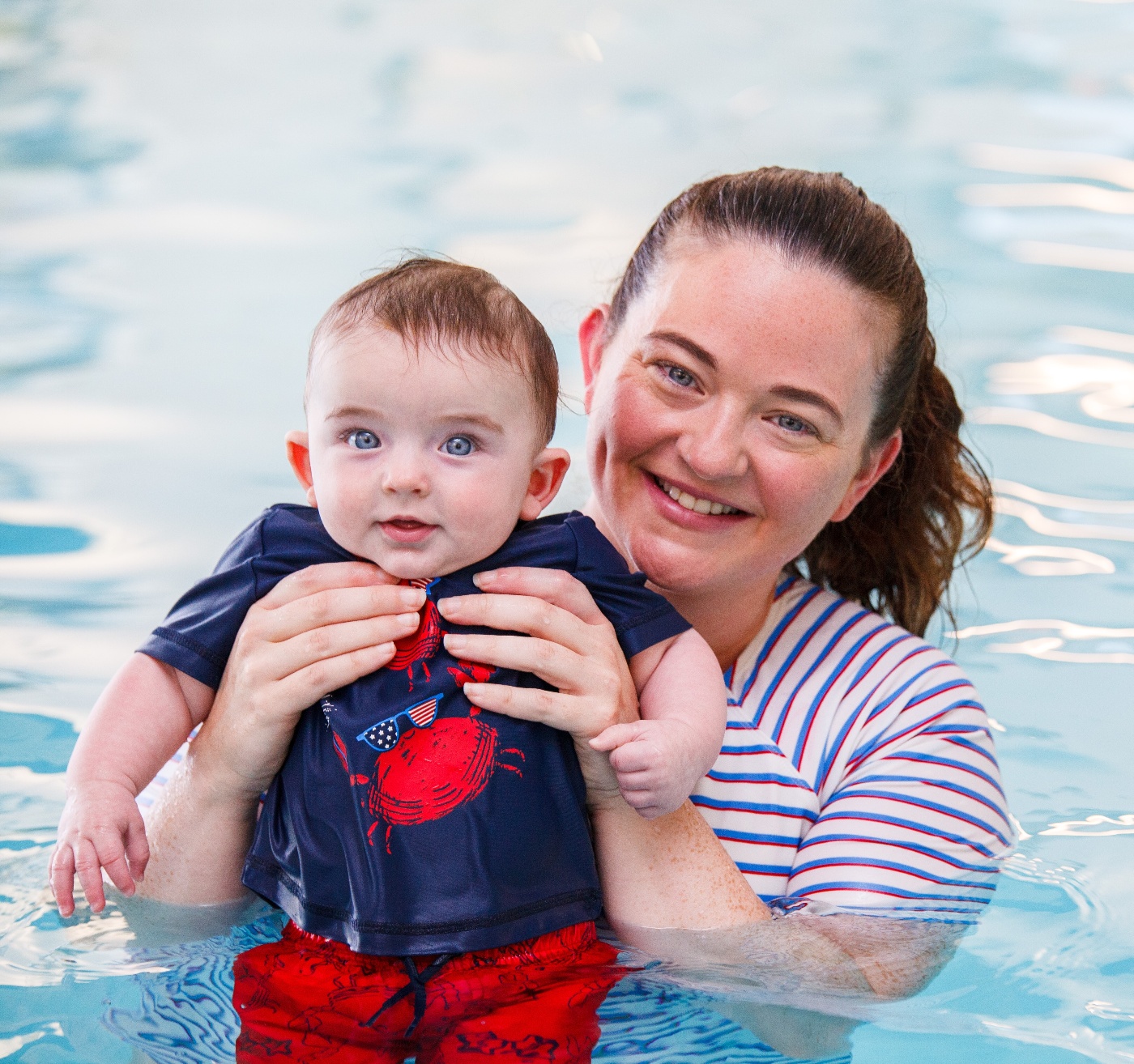
.jpg?width=1200&height=970&name=_MG_7963_crop%20(1).jpg)
